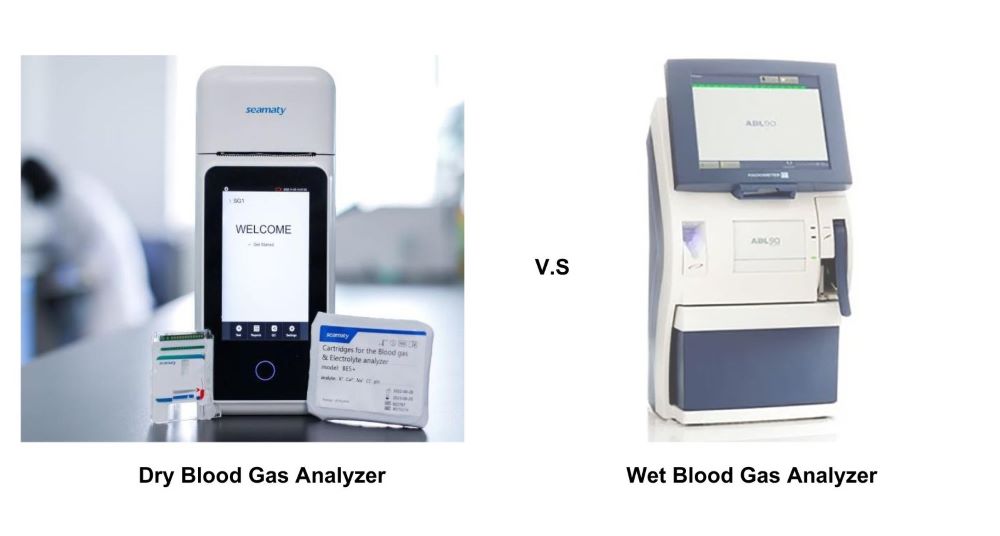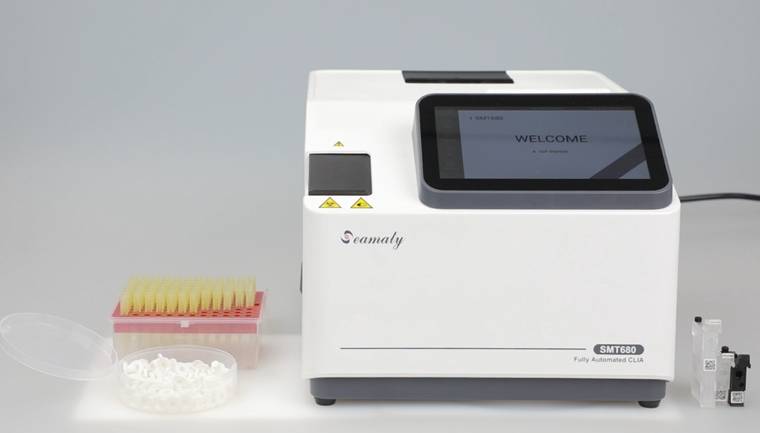Point-of-care testing has played a huge role in the medical industry in recent years, and the higher demand for POCT machines and the broader market space suggest that POCT will see more rapid and steady growth in the future. However, there are still challenges on the road to POCT machine development. The following is a summary of some of the challenges encountered on the road to POCT machine development.
1. User Requirements
Due to the specificity of POCT instruments, products may be limited by the operating environment and the type of user. Successful poct devices increase the value of the product by simplifying the sample handling process and eliminating the need for specialized operators. To do this, the POCT machine must implement all aspects of sample collection, processing, detection and presentation of results.
These variables can lead to mis-definition of target users and process steps. Sometimes making the core product technology more complex.
Therefore, in the early stages of development, attention should be kept on user requirements and hidden needs should be identified in time. For example, the level of automation in sample collection, preparation, and test execution can have a significant impact on addressing key technologies.
This situation may be compounded by the different business objectives of the stakeholders involved. Is the ultimate goal to achieve commercial sale of the product or to fully demonstrate the innovation and technology?
2. Technical Barriers
In addition to users and markets, the development of POCT machines faces recurring technical challenges.
Take the Lab-on-Chip (LOC) concept, for example, which has been attracting attention for more than two decades. However, the market for transferring
microfluidic-based devices to commercialization is still relatively limited. The challenges in this area often arise in the multidisciplinary intersection of the development process, where all aspects of laboratory chemistry must be linked to the final product design. Requirements need to be effectively communicated before moving to the next stage of development in order to maintain the design intent through scientific research.
In addition, there is a trend to pursue the miniaturization of POCT machines. Smaller devices facilitate the opening of broader commercial markets and avoid the difficulties of transporting and storing large devices over long distances. But at the same time, this trend places higher demands on the program functionality and operability of the equipment.
3. Cost
Based on the technical accumulation of the equipment and the exploration of user needs, and the need to ensure the correctness of the analysis results, it is the ultimate economic value of the equipment that is achieved. Here, therefore, it is important to consider not only the basic cost of a single-component POCT test compared to a laboratory, but also the post-test analysis and results.
It has been shown that by increasing the speed of results output, caregivers and physicians can improve diagnostic accuracy, resulting in significant savings in future treatment costs. both
POCT test costs and development costs are influential factors in the value of the product. Therefore, to ensure future market adoption, it is incumbent upon developers to define the value proposition in advance and set target costs for equipment and consumables accordingly.
4. POCT Product Designer
POCT brings substantial improvements to the effective delivery of clinical outcomes for patients. However, the development of successful POCT products depends on the accuracy of the design team's mining of user and product requirements. These requirements should be identified early in the development process in order to precisely target project goals, minimize costs and reduce time to market.
Seamaty has been developing, designing, manufacturing and marketing POCT machines for many years, and is trusted by users worldwide for its POCT biochemistry analyzers, which are sold in more than 80 countries and regions.


